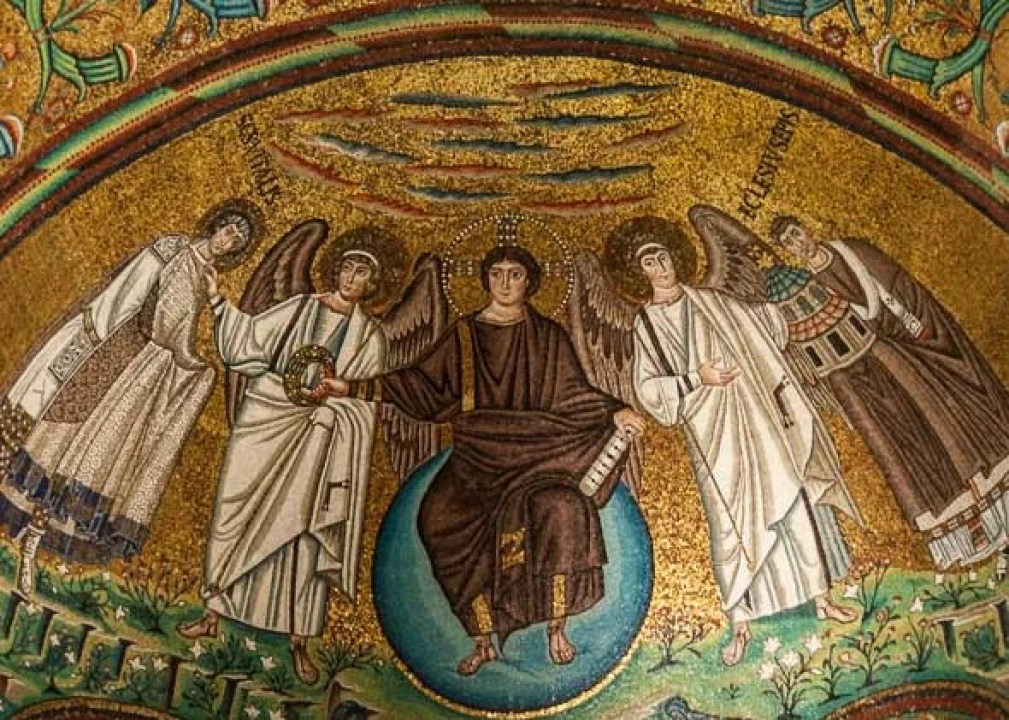Sometimes called the city of mosaics, Ravenna is known for its spectacular early Christian mosaics, dating from the fifth and sixth centuries, that decorate the walls of its churches and monuments. Ravenna was the western capital of the Roman Empire and of the Byzantine Empire in Europe from early fifth to the eighth centuries and the mosaic art shows a Byzantine influence. Ravenna is still one of Italy’s top producers of mosaics and its Mosaic Art School is a great place to take a course.
In addition to the mosaics, Ravenna’s sights include Roman sites and several museums. Piazza del Popolo, the elegant main square, was created in the 15th century when the city’s canals were covered over. Most of the historic center is a pedestrian zone, making it easy to sight-see on foot.



